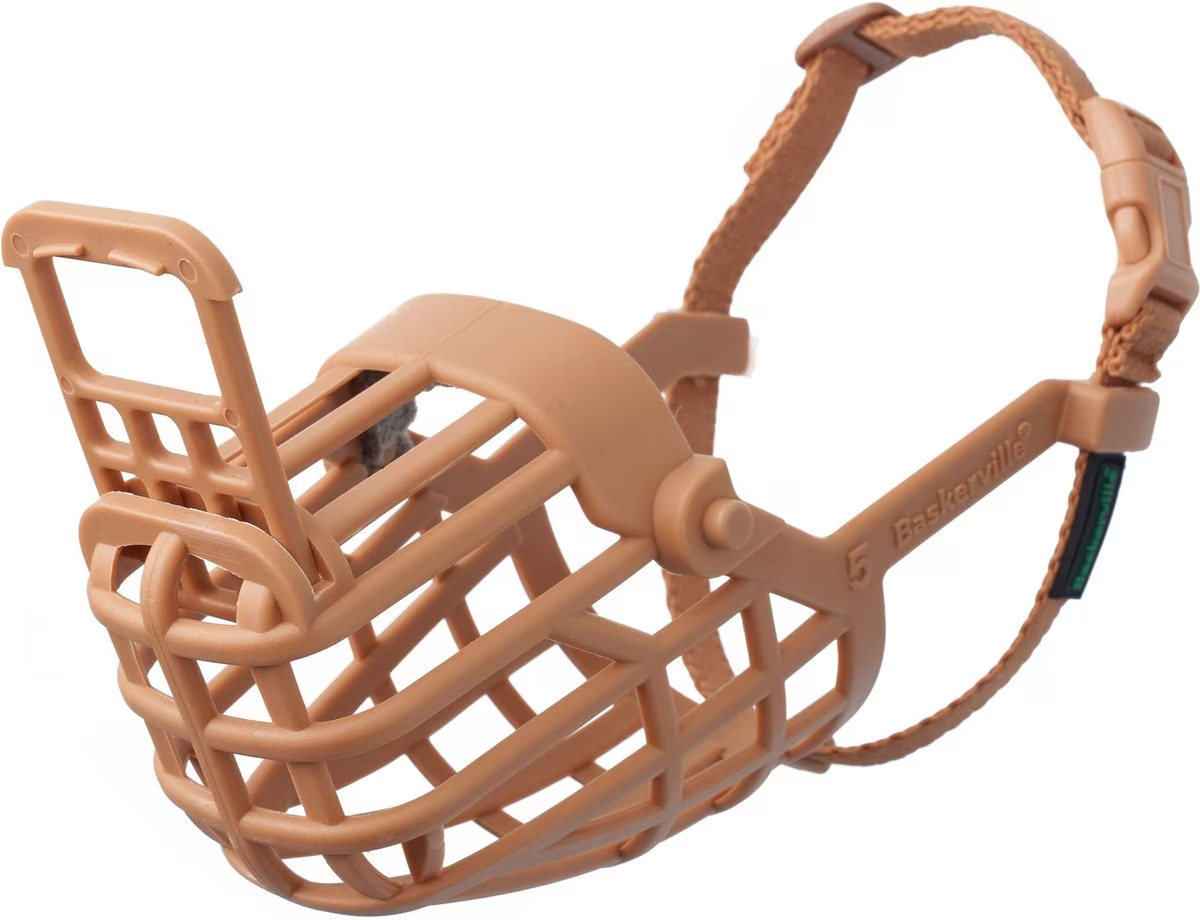Muzzle Training 101: Respect, Resilience, and the Vietnamese Phu Quoc Ridgeback Dog
- Phu Quoc Ridgeback Kennel Club

- Apr 16
- 2 min read
Updated: Apr 27

Muzzle training is an essential aspect of responsible dog ownership, particularly for breeds like the Vietnamese Phu Quoc Ridgeback. This rare and intelligent breed, native to Phu Quoc Island in Vietnam, is known for its agility, loyalty, and strong hunting instincts.
Proper muzzle training not only ensures the safety of the dog and those around it but also facilitates stress-free handling in various situations. Additionally, in many countries, such as Germany, dogs are required to be muzzled in public places.
Understanding the Vietnamese Phu Quoc Ridgeback
The Phu Quoc Ridgeback is celebrated for its distinctive ridge of hair along its back, exceptional swimming abilities, and remarkable intelligence.These dogs are highly adaptable and thrive in active environments. However, their strong prey drive and protective nature necessitate diligent training and socialization from an early age.
The Importance of Muzzle Training
Muzzle training involves acclimating a dog to comfortably wear a muzzle, a process that should be approached with patience and positive reinforcement. For the Phu Quoc Ridgeback, muzzle training is particularly beneficial due to their high energy levels and strong hunting instincts.
Safety During Emergencies: In unforeseen situations, such as accidents or natural disasters, a muzzled dog can be handled more safely by strangers or emergency personnel. Dogs in pain or distress may react unpredictably; a muzzle ensures that they cannot inadvertently harm those trying to help.
Preventing Unwanted Behaviors: While muzzles should not be used to address ongoing behavioral issues, they can prevent dogs from engaging in dangerous activities, such as scavenging harmful objects during walks. This is particularly relevant for breeds with strong hunting instincts like the Phu Quoc Ridgeback.
Facilitating Veterinary Care: Routine veterinary procedures can be stressful for any dog. A dog accustomed to wearing a muzzle will experience less anxiety during examinations, vaccinations, or minor procedures, ensuring the safety of both the animal and veterinary staff.

Enhancing Socialization: Muzzle training can aid in the safe socialization of dogs that may be reactive or fearful around other animals or unfamiliar people. It allows owners to introduce their dogs to new experiences with an added layer of safety, promoting positive interactions.

Implementing Muzzle Training
Introducing a muzzle should be a gradual and positive experience. Begin by allowing the dog to inspect the muzzle, rewarding any interest shown. Gradually encourage the dog to place its nose inside the muzzle by placing treats within it. Once the dog is comfortable with this, gently secure the muzzle for short periods, gradually increasing the duration as the dog becomes more accustomed. Throughout this process, use positive reinforcement to create a pleasant association with the muzzle.
Choosing the Right Muzzle
Selecting an appropriate muzzle is crucial. Basket muzzles are often recommended as they allow the dog to pant, drink, and accept treats, ensuring comfort during wear. It's essential to ensure the muzzle fits properly, allowing the dog to open its mouth slightly while preventing it from biting or scavenging.
Final Thoughts
For the Vietnamese Phu Quoc Ridgeback, muzzle training is a valuable component of comprehensive training and socialization. It enhances safety, facilitates better handling during emergencies, and supports positive interactions in various settings. By investing time in proper muzzle training, owners can ensure their Phu Quoc Ridgeback is well-prepared for diverse situations, leading to a more harmonious and secure companionship.











Comments